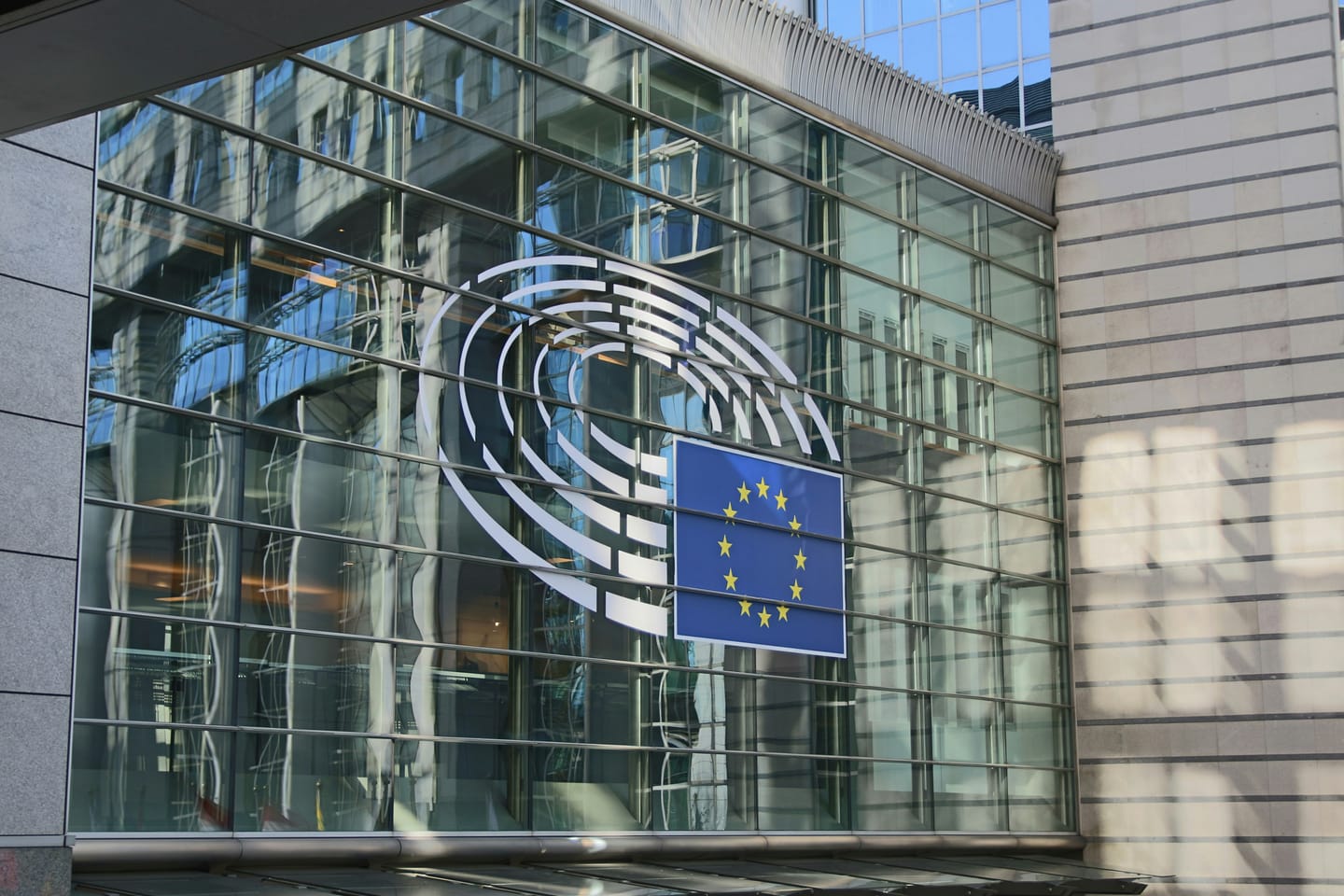Navigating Horizon Europe’s 2025 Work Programme means dealing with twelve separate documents, each several hundred pages long. These include funding calls, eligibility conditions, strategic priorities, and legal annexes—making it difficult to locate critical information quickly. To address this challenge, poltextLAB developed a domain-specific Custom GPT (Horizon Navigator '25 by poltextLAB) that searches directly within these official documents, offering fast, citation-based answers to users’ questions. This post introduces the custom GPT’s core functionality and explains how it supports faster, more focused access to EU funding information.
How to Access the Horizon Navigator '25 Custom GPT
The Horizon Navigator '25 by poltextLAB is publicly available in the GPT Store and can be accessed directly via the ChatGPT interface. The assistant has been pre-configured with the full set of official 2025 Work Programme documents, eliminating the need for users to upload materials themselves.


How It Works
The Horizon Navigator '25 was created by uploading twelve key documents from the 2025 Work Programme into the Custom GPT environment. These include the general introduction, cluster-specific work programmes, cross-cutting initiatives, and general annexes—providing broad and structured coverage of the funding landscape. While Custom GPTs currently allow a maximum of 20 uploaded files, this limitation did not pose a challenge in this case, as all relevant materials could be included within that limit.
In the Instructions section of the GPT configuration, a tailored system prompt was defined: it instructs the assistant to prioritise these documents when responding to prompts, to specify the source and page number of any cited information. If a query cannot be answered based on the uploaded documents alone, the assistant is allowed to retrieve relevant information from the web—but in such cases, it must clearly indicate that the response is not based on the official Horizon Europe files.

Sample Interactions with the Custom GPT
Example 1
The assistant’s response to the query “What are the expected impacts of Cluster 4 calls related to AI and robotics?” was well-structured and relevant. It clearly distinguished between expected outcome types, listed concrete impacts, and cited the correct source document (Cluster 4: Digital, Industry and Space) with a page range of 156–159.


Upon checking the original document, we found that the relevant section begins on page 155—one page earlier than indicated. Nonetheless, the assistant correctly located and summarised the content, confirming that it retrieves accurate, document-based answers with source-level traceability.

Example 2
The second query—“Are there specific eligibility conditions for coordination and support actions (CSA)?”—was answered with clear and structured content. The assistant correctly outlined the legal entity requirements, the relevant exceptions for third countries, and the distinction between CSAs and research activities. It also provided the exact source file (General Annexes) and cited the correct page range (12–13).

Upon verification, we found that the response closely reflects the original language of the Horizon Europe document. The assistant not only retrieved the appropriate section but also preserved its structure and terminology. In this case, both the content and the page reference were fully accurate.


Example 3
In response to the query about the legal basis for lump sum funding in Horizon Europe, the assistant accurately identified the Commission Decision of 7 July 2021 as the core legal reference. It correctly linked this decision to the relevant frameworks—namely the Horizon Europe main programme and the EURATOM research programme—and cited multiple places where this legal basis appears in the uploaded 2025 Work Programme documents, including Cluster 4, Cluster 9, and the General Annexes.

In addition to citing relevant sections of the uploaded documents, the custom GPT also included a web-based reference by linking directly to the Commission Decision authorising the use of lump sum contributions, as published on the official EU Funding and Tenders Portal. This ensured not only document-grounded reasoning, but also verifiable access to the full legal basis behind lump sum funding. The assistant’s behaviour reflects its intended design logic: prioritising internal sources, while transparently supplementing its responses with authoritative external documents when appropriate.
Click the button below to access Horizon Navigator '25 by poltextLAB in the GPT Store:
Recommendations
The Horizon Navigator '25 demonstrates how domain-specific Custom GPTs can streamline access to complex, multi-document policy environments. It supports researchers, grant writers, and institutional stakeholders by delivering fast, source-referenced answers grounded in the official 2025 Work Programme. Thanks to its built-in web search fallback and document-first configuration, the assistant combines precision with flexibility, making it especially useful for navigating eligibility conditions, funding rules, and strategic priorities.
While the current setup fully meets the needs of the 2025 corpus, Custom GPTs remain limited to a maximum of 20 uploaded files. In a follow-up post, we will introduce an alternative architecture using retrieval-augmented generation (RAG) to overcome this constraint. Although such systems are not typically combined with web search, they offer more scalable document handling and can be configured to ensure that responses rely exclusively on a defined set of source materials—preserving transparency and traceability even in large-scale document environments.
The authors used GPT-4o [OpenAI (2025) GPT-4o (accessed on 16 May 2025), Large language model (LLM), available at: https://openai.com] to generate the output.






